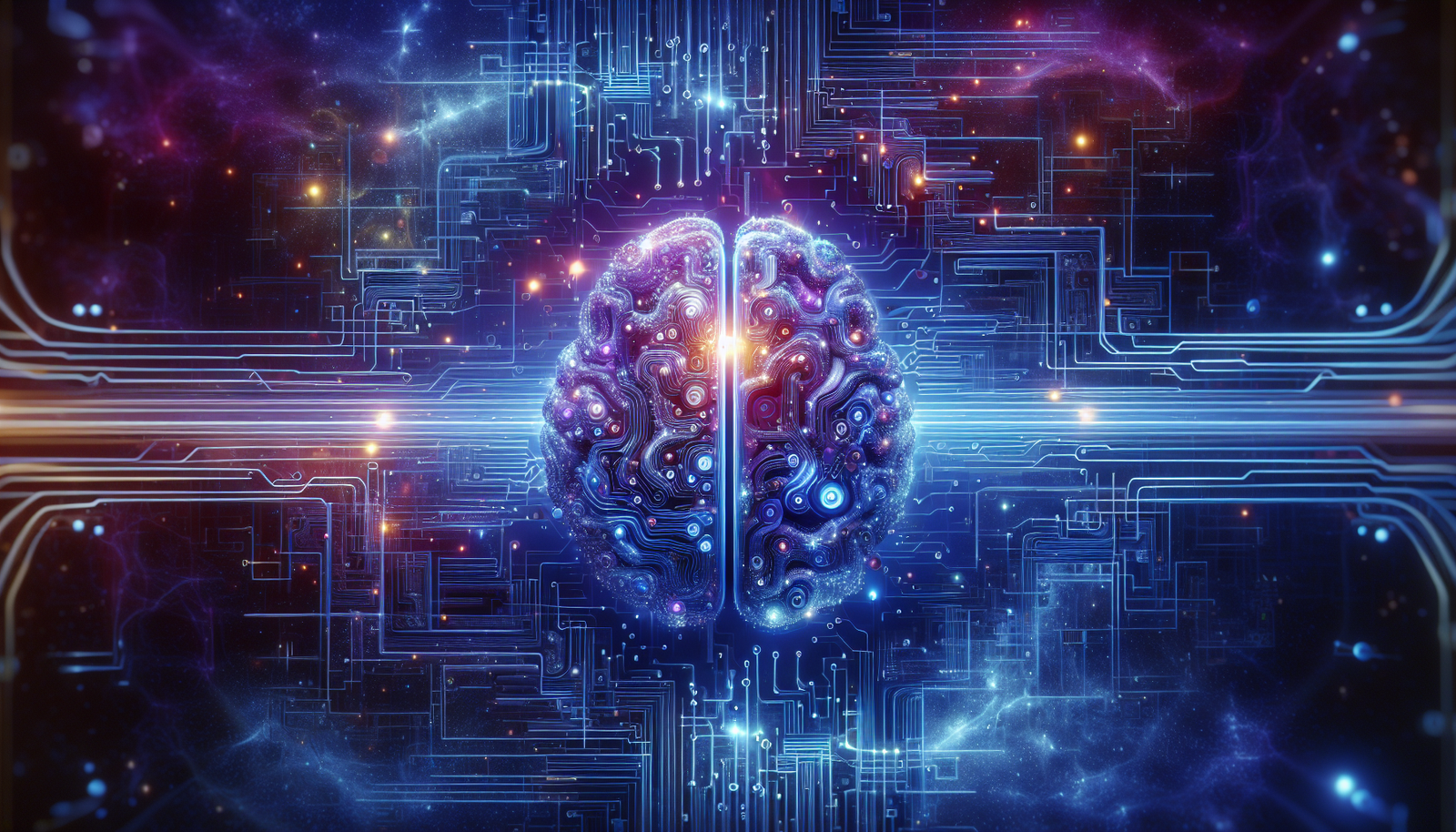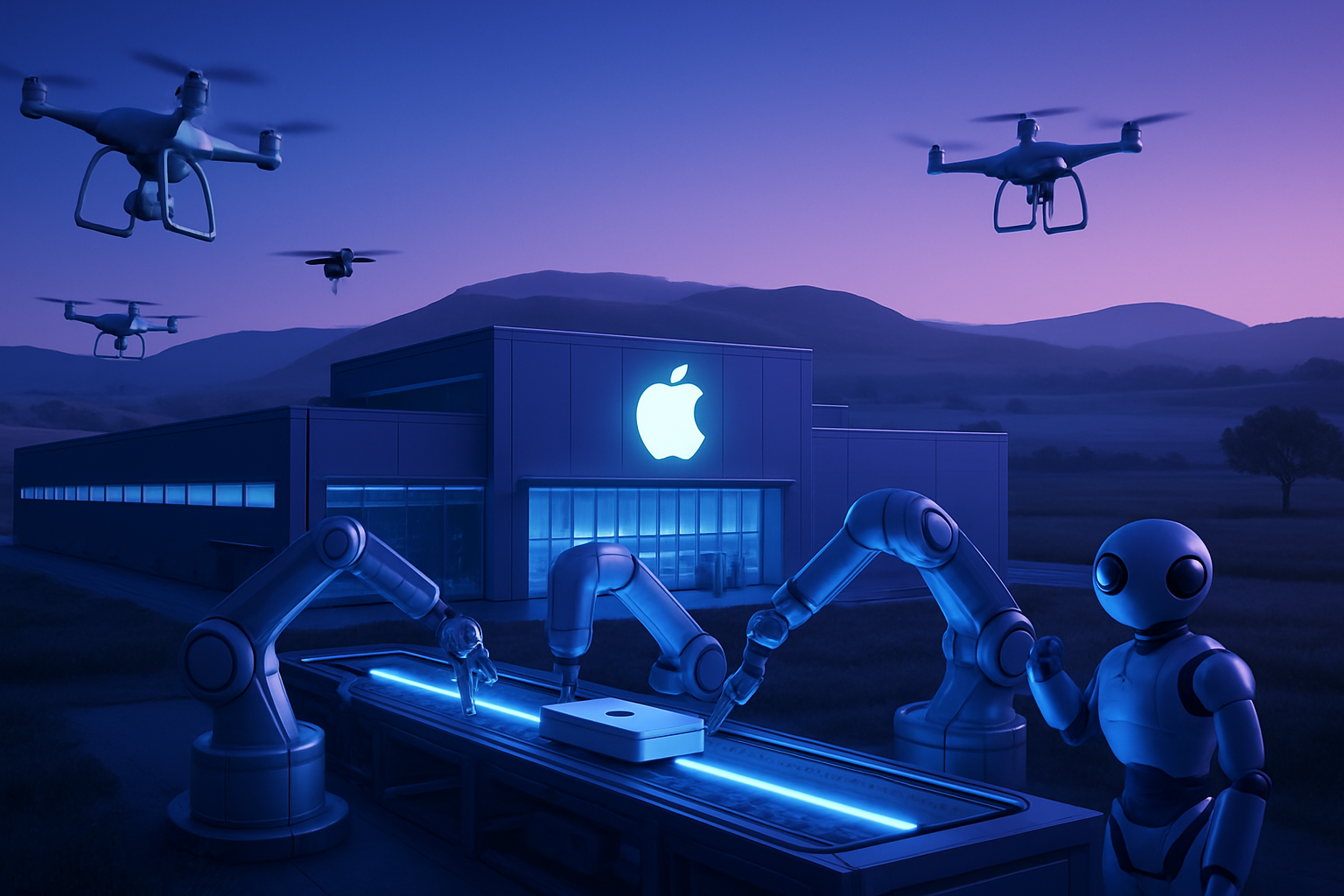Artificial intelligence is redefining the boundaries of human cognitive understanding. *The major innovation lies in the ‘winner-take-all’ approach, which mimics the complex calculations of the neocortex.* This biological mechanism optimizes neural selection, allowing AI models to achieve unprecedented accuracy. *Bold researchers are highlighting the potential of neuromorphism to enhance machine learning.* The aspiration to replicate the subtleties of brain function could revolutionize various fields, including computer vision and image analysis.
The Imitation of Neocortex Calculations
In the last decade, significant advances in artificial intelligence have led to the creation of models capable of performing complex tasks with a level of precision close to that of humans. Despite these feats, these systems do not faithfully replicate the calculations performed by the human brain.
The Research on the ‘Winner-Take-All’ Mechanism
A team of researchers, involving renowned institutions such as Tibbling Technologies and the Broad Institute of Harvard, has undertaken to use AI to simulate specific calculations executed by the neocortex. Their ambition has focused on the mechanisms called ‘winner-take-all,’ a type of neurological calculation.
This mechanism, fundamental in cortical circuits, involves that one or more strongly activated neurons suppress the activity of others. Thus, the most active neurons dictate the outcomes of cognitive processing, directly influencing decisions within a neural network.
Integration of AI and Neuroscience
To capture this biological calculation, researchers developed a framework called NeuroAI. By integrating this brain-inspired model into AI architectures, the outcomes have proven substantial, particularly in image classification.
Utilizing TrueNorth, a neuromorphic chip designed by IBM, has allowed for the simulation of these neural interactions. This hardware is particularly effective in reproducing the organization of the brain, facilitating the implementation of ‘winner-take-all’ calculations.
Biophysical Model and Technical Details
The biophysical network model developed by the team focuses on the interactions between excitatory neurons and various inhibitory neurons. Researchers used experimentally measured features, providing a rigorous framework for study. The ability to execute ‘winner-take-all’ calculations with input overamplification mechanisms represents a major innovation.
Improving AI Models
The results revealed that this brain-inspired approach reinforces key signals while eliminating unwanted noise. The NeuroAI system stands out for its computational efficiency, especially in processing visual information, paving the way for enhanced performance of AI models.
Tests have shown that Vision Transformers models and other deep learning systems incorporate this ‘winner-take-all’ technique. Improvements have been significant, with the model exceeding performance on unseen data classification tasks through zero-shot learning.
Futuristic Applications and Perspectives
The brain-inspired approach could find applications in various fields, including computer vision, medical image analysis, and autonomous vehicles. Researchers envision implementing working memory mechanisms and decision-making processes, leveraging this innovative architecture.
Future research will also focus on integrating brain-based learning mechanisms, aiming to achieve more adaptive and efficient AI systems. Exploring new neuromorphic hardware platforms will be essential to continue bridging the gap between neuroscience and artificial intelligence.
Frequently Asked Questions about AI and Neocortex Calculations via the ‘Winner-Take-All’ Approach
What is the ‘winner-take-all’ approach in the context of AI?
The ‘winner-take-all’ approach is a biological mechanism where only the most activated neurons influence the result of a calculation, while others are suppressed. This method has been used to improve the performance of AI models by mimicking the cortical circuits of the human neocortex.
How did researchers reproduce neocortex calculations using AI?
Researchers successfully emulated ‘winner-take-all’ calculations using neuromorphic hardware, such as the TrueNorth chip, to apply these biological principles in traditional machine learning models.
What are the benefits of implementing the ‘winner-take-all’ approach in AI models?
The integration of this approach enhances the robustness of AI systems, particularly in image classification tasks, by effectively filtering noise while amplifying important signals.
Can the ‘winner-take-all’ approach help in areas other than computer vision?
Yes, this approach could also be applied to other areas such as medical image analysis and autonomous vehicles, thus increasing the efficiency of AI systems in various contexts.
What results have been observed by applying the ‘winner-take-all’ approach to Vision Transformer models?
Vision Transformer models have shown significant improvements in their ability to generalize to unseen data, allowing them to enhance their performance in classification tasks without prior training.
How can the principles of the ‘winner-take-all’ approach be used to address more complex cognitive tasks?
Researchers plan to use these principles to model processes such as working memory and decision-making, which could transform how AI systems learn and adapt.
Why is it important to inspire AI from the biological mechanisms of the brain?
Inspiring AI from biological mechanisms helps create more efficient and natural systems, capable of processing information similarly to humans, thereby enhancing their adaptability and generalization capabilities.






